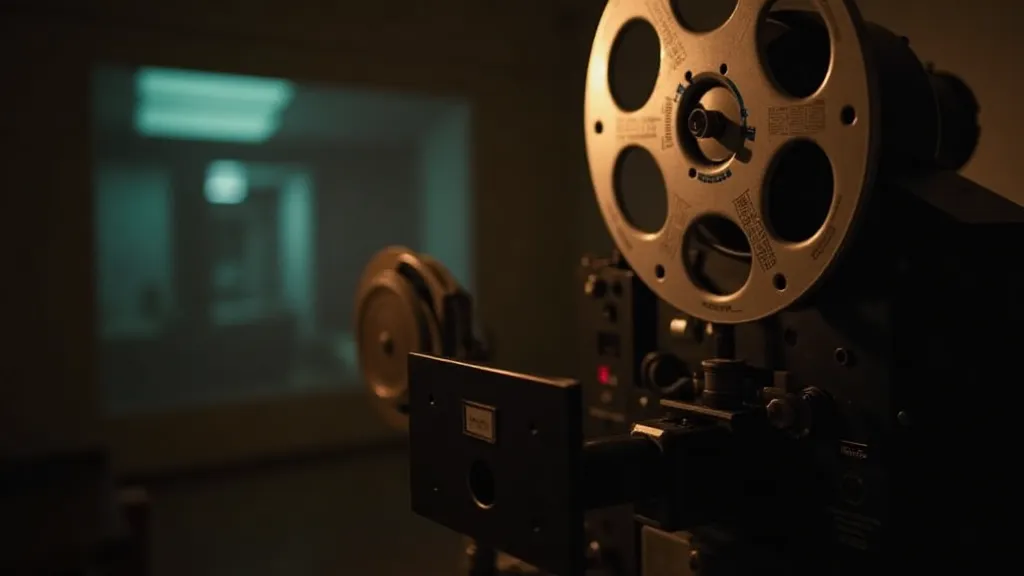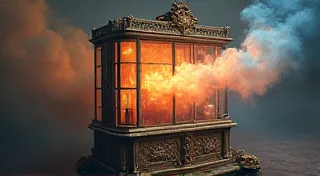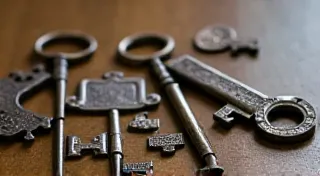The Soundtrack as Time Capsule: Preserving Moments in Sonic Form
The scent of aged paper, the crackle of vinyl, the patina on antique brass – these are the sensory anchors that bind us to the past. We yearn to recapture moments, to feel the echoes of bygone eras. And sometimes, that feeling isn't found in photographs or historical accounts, but in the often-overlooked realm of film soundtracks. More than just background music, a film score is a sonic time capsule, meticulously crafted to encapsulate a specific moment in culture and emotion.
My own connection to this phenomenon began unexpectedly. As a child, I inherited a box of old records from my grandfather, a quiet, reserved man who rarely spoke of his youth. Amongst the popular tunes of the time, I discovered a record for a film I’d never heard of: “The City Always Sleeps” (1956). The cover depicted a haunting cityscape, and the soundtrack, composed by Bronisław Kaper, immediately transported me. It wasn’t the soaring orchestral scores of Hollywood epics. It was something more intimate, melancholic, anchored by the distinctive voice of an antique accordion – an instrument I’m now deeply fascinated by.
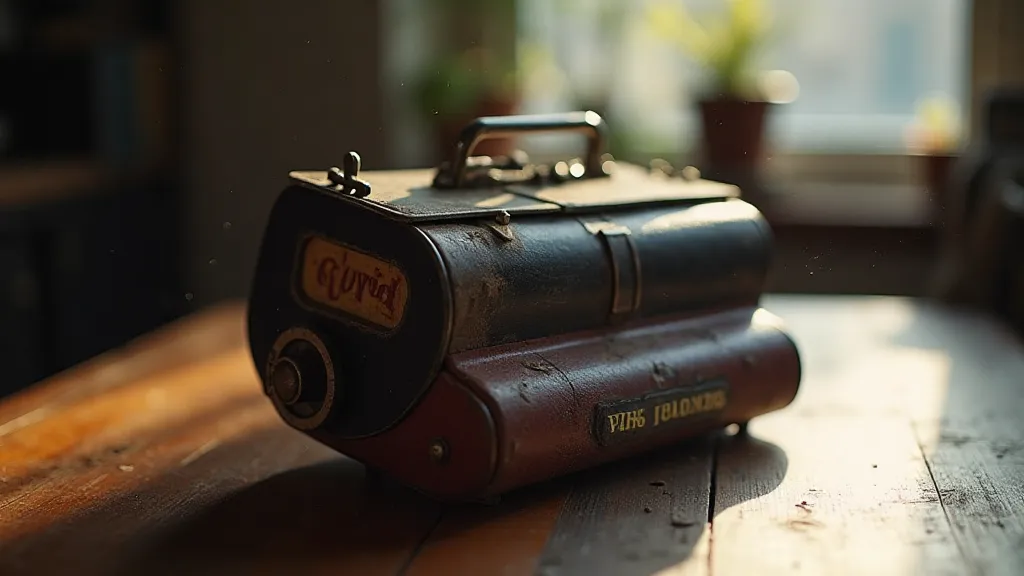
The Accordion's Voice: More Than Just a Musical Instrument
The prominence of the accordion in soundtracks of the 1940s and 50s isn't accidental. It’s tied to the era's cultural landscape. Following World War II, there was a deep longing for romance, for connection, and for a return to simpler times. The accordion, often associated with European folk traditions and itinerant musicians, embodied this sentiment. Its expressive range – capable of both soaring melodies and mournful sighs – perfectly complemented the mood of post-war cinema, particularly in noir and melodrama.
Think about the use of the accordion in films like "The Big Combo" (1955) or "Invitation to a Bad Dream" (1958). It wasn't employed for bombast or grandeur. Instead, it added a layer of vulnerability, a sense of underlying sadness, reflecting the anxieties and uncertainties of the era. The instrument's inherent physicality – the bellows, the keys, the subtle vibrations – made it feel intensely human, a direct conduit to the characters’ emotions. That feeling is often lost in the sleek, digital sounds of modern scoring.
Beyond the Score: A Craft Lost to Time?
The craft of soundtrack composition in the mid-20th century was different. Scores weren's typically replaced with generic, royalty-free music. Composers were expected to deeply immerse themselves in the film’s narrative, to understand the director's vision, and to create a score that served the story, not the other way around. Bronisław Kaper, for instance, was a renowned composer who brought a European sensibility to Hollywood. His ability to evoke atmosphere and nuance is evident in countless films, and "The City Always Sleeps" is a testament to his artistry. It’s easy to hear the influence of Polish folk music woven into the soundscapes, creating a feeling both familiar and distant.
Today, while incredible composers continue to shape the sound of cinema, something is arguably missing. The pressure to churn out scores quickly, the reliance on synthesized sounds, and the shift towards more overtly “branded” music have, in some ways, diluted the artistic integrity of film scoring. The meticulous orchestration, the careful selection of instruments, the understanding of how music interacts with the visual narrative – these are aspects that require time, dedication, and a profound appreciation for the craft. The rise of AI in music production poses further questions about the future of soundtrack composition.
Restoration and Rediscovery: Preserving the Sonic Landscape
Just as we strive to preserve historical buildings and artifacts, we have a responsibility to preserve the soundtracks of forgotten films. Many of these scores languished in obscurity for decades, rarely heard outside of the original theatrical release. The advent of digital restoration has made it possible to revive these works, often from damaged or incomplete recordings. This process isn't simply about cleaning up noise or improving audio quality; it's about uncovering the original artistic intent. It's about allowing audiences to experience the soundtrack as it was originally intended.
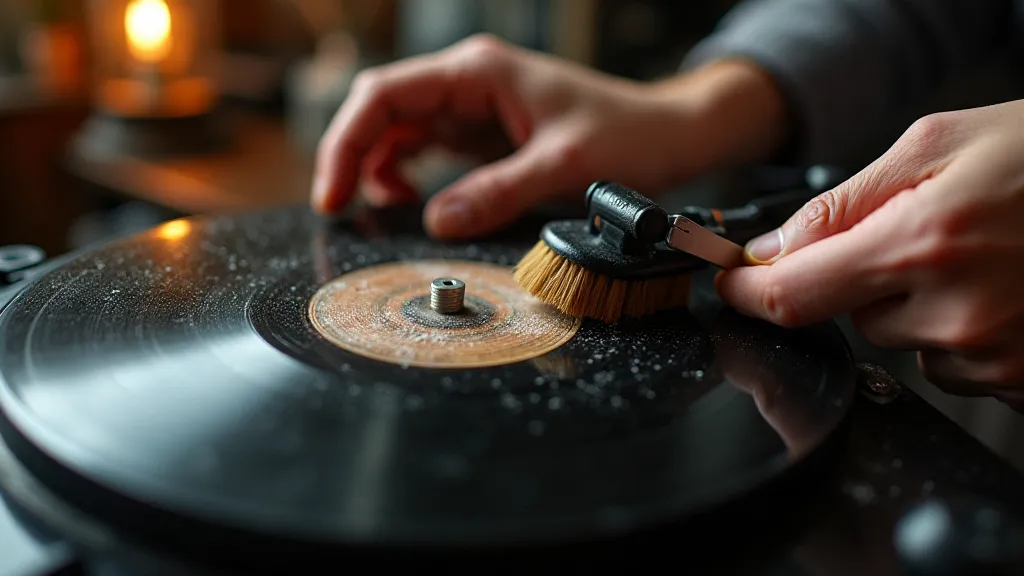
The process of restoring a soundtrack can be a meticulous undertaking. Researchers may need to track down original orchestrations, analyze film reels to identify missing cues, and even reconstruct entire sections based on fragmented audio fragments. It's a labor of love, driven by a passion for film music and a desire to share these forgotten treasures with a wider audience. The same dedication applies to collecting vintage instruments, like the antique accordions used in these soundtracks. Finding one in playable condition is a rare and rewarding experience, allowing you to literally hold a piece of film history.
More Than Music: A Bridge to the Past
The soundtracks of forgotten films offer us more than just entertainment. They offer us a window into the past, a sonic time capsule that transports us to a specific moment in history. They remind us of the artistry and craftsmanship that went into creating these films, and they offer us a deeper appreciation for the power of music to evoke emotion and tell stories. Listening to "The City Always Sleeps" today, the melancholic accordion melodies, the evocative orchestration, it’s a reminder of a time when cinema was truly an art form, a time when music and film were inextricably linked. And by taking the time to preserve and appreciate these forgotten soundtracks, we are ensuring that these moments, these emotions, continue to resonate for generations to come.
The next time you’re browsing through a record store, or exploring a vintage film festival, take a moment to seek out a forgotten soundtrack. You might just discover a hidden gem, a sonic time capsule that will transport you to another place and time.
